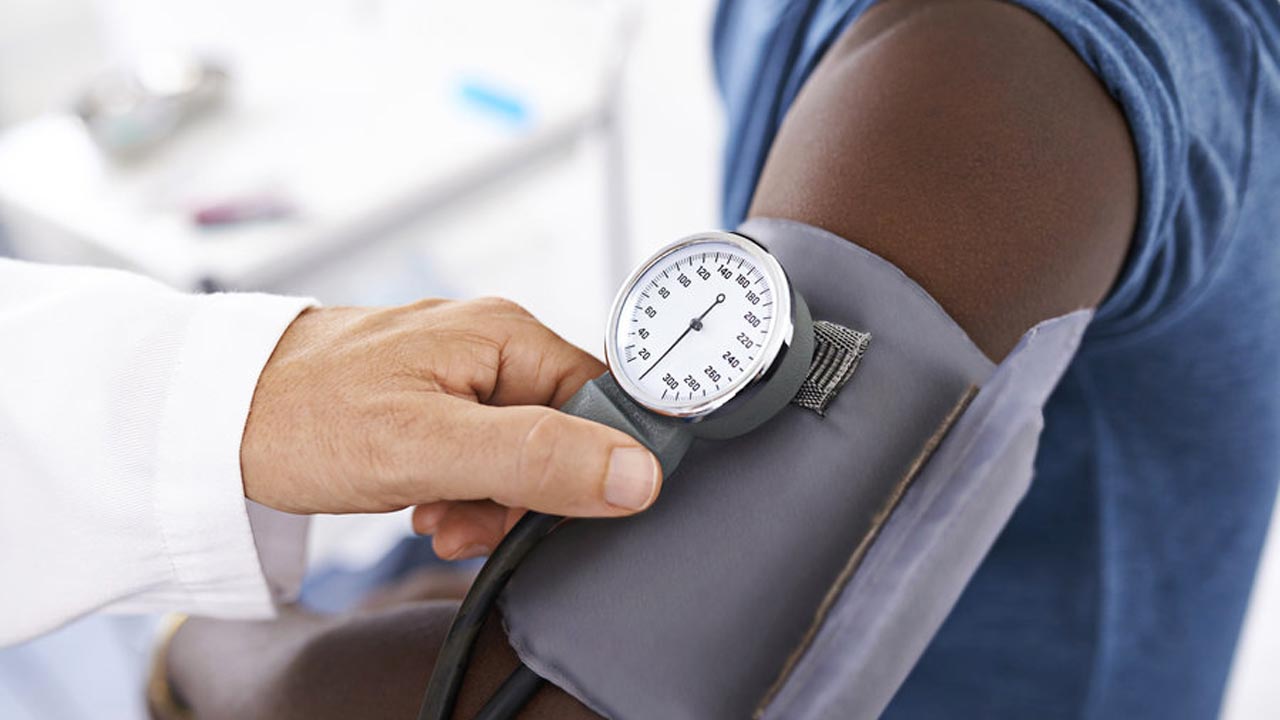Really, how much secondhand smoke does a nonsmoker get anyway? If a person who smokes a pack a day for 30 years is only 1/3 more likely to die younger than a nonsmoker, then how likely is it that a nonsmoker is even more likely to die younger merely because other people smoke?
Asked by David
Answer
David,
I have to say I disagree with some of your risk assumptions. Smoking is always to be discouraged. I can think of no epidemic as devastating and preventable as that caused by tobacco consumption. Tobacco is the only product that I can think of that, when used as intended, causes premature death to at least half of its users. Smoking causes lung cancer, at least a dozen other cancers, as well as cardiovascular disease and lung disease.
Secondhand smoke, which is also called environmental tobacco smoke, is smoke inhaled involuntarily.
Secondhand smoke also causes lung cancer, heart and lung disease in non-smokers. There is no safe level of exposure, but long-term exposure increases risk of lung cancer by 10% to 15% and heart disease by 30%. This translates into 5,000 to 10,000 lung cancer deaths and 40,000 heart disease deaths each year in the United States. Worldwide, it is estimated that exposure to secondhand smoke caused 50,000 lung cancer deaths and 379,000 heart disease deaths in 2004.
Components of tobacco smoke such as carbon monoxide, nicotine, benzene and small particles can easily be measured in the air of a smoker's home or workplace. It is truly a form of indoor air pollution. These smoke byproducts can be measured in the blood and urine of nonsmokers exposed to them. This means they inhaled the byproducts and the byproducts got into their body.
Someone who is around a smoker inhales more benzene, a cause of leukemia, than he or she would inhale spending the same amount of time filling a car with gasoline.
We worry about exposure of children and especially young children who cannot get away from adult parents who smoke. Children are also destined to long-term secondhand smoke exposure. Secondhand smoke exposure causes eye irritation, asthma and other acute respiratory diseases and is thought to be a cause of infant crib death.
The initial studies showing that secondhand smoke is dangerous compared nonsmoking spouses of smokers with age-matched nonsmoking controls who were married to nonsmokers. The spouses of the smokers had a significantly higher risk of lung cancer. Also, a study of nonsmoking flight attendants who worked when smoking was allowed on aircraft had higher lung cancer rates than nonsmoking airline employees who did not work onboard. The tight confines of the airplane gave them especially heavy doses of secondhand smoke.
Numerous studies of secondhand smoke have been completed over the past 40 years. A meta-analysis of 52 studies prepared for the 2006 Surgeon General's Report on Smoking and Health showed that nonsmokers who had long-term (more than 20 years) exposure to secondhand smoke were 1.21 times more likely to develop lung cancer compared with nonsmokers who were never exposed to secondhand smoke.
A second meta-analysis of 25 studies showed that nonsmokers who are exposed to secondhand smoke were 20% more likely to develop lung cancer compared with nonsmokers working in a smoke-free environment.
Interestingly, the biggest benefit from limiting secondhand smoke is from reduction in cardiac disease. It has been demonstrated several times that towns initiating laws limiting public and workplace smoking see in a decrease in heart attack rates within one year of enacting the laws.
Dr. Otis Brawley
Chief Medical Officer,
American Cancer Society
CNN
ABUJA: Training Schedule for Basic Life Support BLS, Pediatric Advanced Life Support (PALS), Advanced Cardiovascular Life Support ACLS, First Aid, CPR, AED
PORTHARCOURT: Training Schedule for Basic Life Support BLS, Pediatric Advanced Life Support (PALS), Advanced Cardiovascular Life Support ACLS, First Aid, CPR, AED
LAGOS: Training Schedule for Basic Life Support BLS, Pediatric Advanced Life Support (PALS), Advanced Cardiovascular Life Support ACLS, First Aid, CPR, AED





